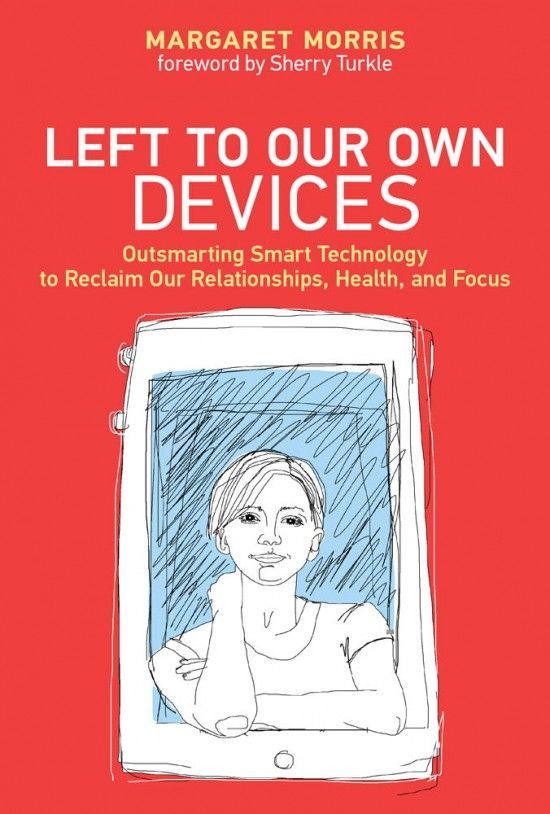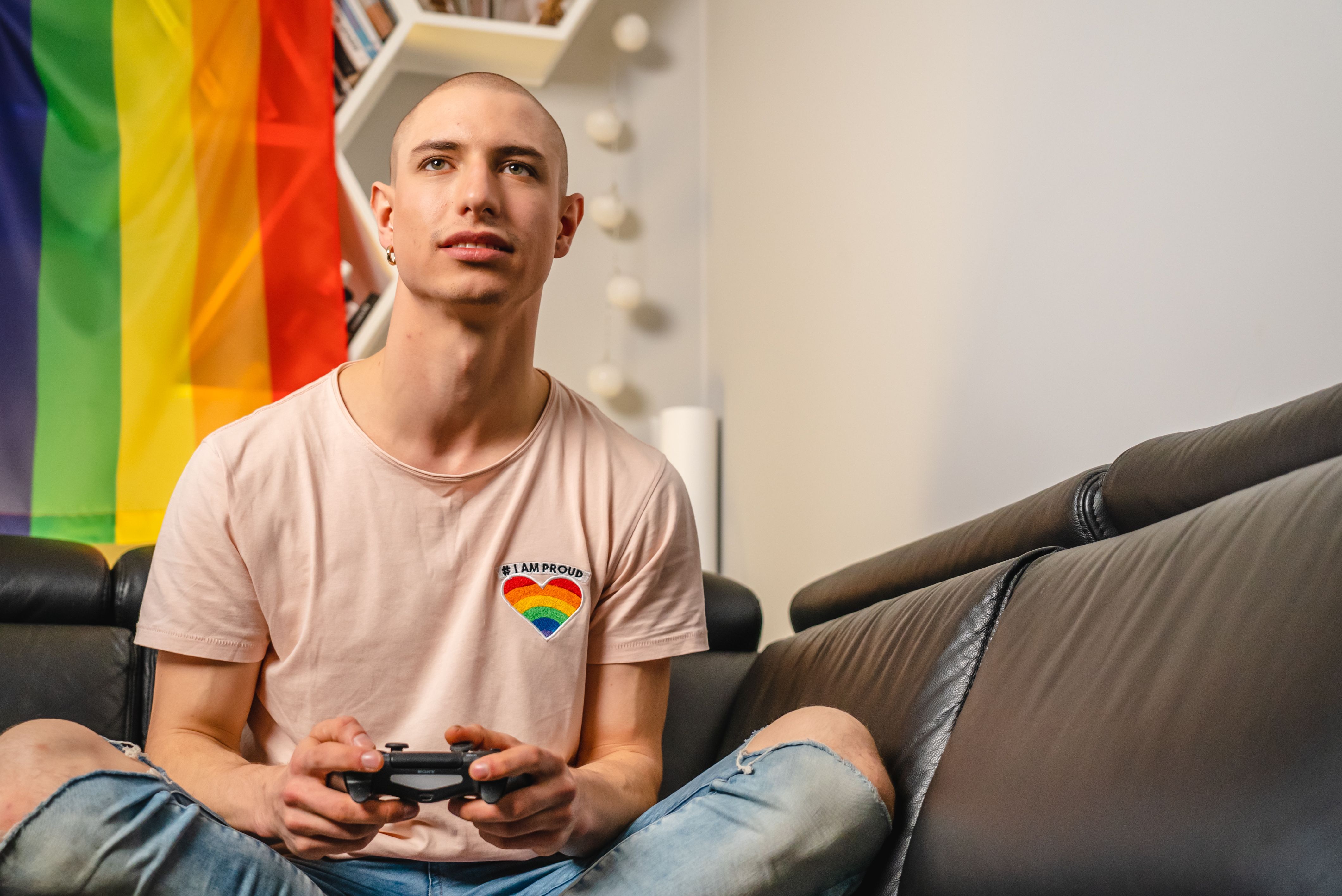Publication
Article
Psychiatric Times
Left to Our Own Devices: Outsmarting Smart Technology to Reclaim Our Relationships, Health, and Focus
Author(s):
As interest in mental health technology grows, so do questions about its risks and benefits. more in this book review.
Left to Our Own Devices

BOOK REVIEW
by Margaret E. Morris; Cambridge, MA: The MIT Press, 2018
192 pages • $24.95 (hardcover); other formats available
Dr Torous is Director of the Digital Psychiatry Division, Department of Psychiatry, at Beth Israel Deaconess Medical Center, Boston; Editor in Chief of JMIR Mental Health; and Digital Psychiatry Editor for Psychiatric Times. Twitter: @JohnTorousMD. Dr Gould is editor of Dear Smartphone, a weekly column on digital media and social impacts. She holds a PhD from the Annerberg School at the University of Pennsylvania.
As interest in digital mental health grows, so do questions about its risks and benefits. The ubiquity of smartphones and a plethora of apps has created a new digital culture that puts a wealth of on-demand tools and resources into the palm of one’s hand. In Left to Our Own Devices, Margaret Morris, PhD,1 explores whether technology can extend and advance patient care outside the office and be scaled for mental health. She suggests that while technology can help users manage their moods and mental states, she questions whether it is beneficial for well-being and mental health, given that it may present fewer emotional demands on users than face-to-face therapy.
When Morris began to write, her perspective was at odds with academic research by Sherry Turkle, PhD, as well as other mainstream researchers. Turkle, a noted social scientist at MIT, called out the Internet for accelerating a host of maladies, including alienation, loneliness, and a flight from conversation.2,3 In the spirit of academic debate, Turkle agreed to write the foreword to Left to Our Own Devices. She poses this vital question to readers: “If you are working with a technology that might close down important conversations, can it be repurposed to open them up?”
Morris is a skillful storyteller and takes that challenge to task. Across eight easy-to-read chapters, she illustrates how people, most likely younger users, “hack” technologies to foster connection, mindfulness, and well-being. The chapters are centered around a collection of personal narratives from people who personalized their digital devices and experience positive results. Morris records these stories with a gentle, engaging, and upbeat tone that requires no formal background in either mental health or technology.
The narratives in the book underscore the idea that technology can provide enhanced connection and treatment. The people described in the book have modified many different technologies from smart lights, to mood trackers, to game playing. It is important to note that the author is intent on describing the positive virtues of technology. Hence, like her counterpart, Sherry Turkle, who reported on more negative effects, Morris features case studies that provide ethnographic substance and context to support her thesis. Although the book does not promise to cover all ground and it does not seek to focus on vital issues surrounding data privacy, tracking, and the commercialization of personal data or health records, it does provide references for the reader to explore these issues in more depth.
This book is a good read for today’s digital health initiatives and for clinicians hoping to keep up to date in current trends in mental health technology. It reminds us that putting a device in a patient’s hands will often lead to outcomes that we could never have imagined. It also pokes holes in the once reigning view that robotics and chatbots are dehumanizing and antisocial. If any-thing, the narratives suggest that technology can help patients monitor their emotional states and improve sharing and connections. The book underscores how useful it is to study how patients use apps in real-world settings and to learn from their lived experiences.4
Hopefully, Dr Morris will continue the conversation in a follow-up book as the field advances. There are social topics that need to be woven into future dialog. What is the emotional toll of using social media and the evolving debate on how much screen time is too much? What about potential attentional deficits that may result from being online nearly all the time. What are the concerns around safety and suicide that continue to evolve in terms of clinical knowledge and popular perception?5
We do not know how younger generations, who are more savvy with smartphones and future technologies, will make therapeutic modifications. We also know that we are in the early stages of gathering observations and data. From where we stand today, the well-annotated references in the book provide a useful compendium of topical inquiries on smartphones and apps.
This article was originally published on 4/5/19 and has since been updated.
References:
1. Morris ME. Left to Our Own Devices: Outsmarting Smart Technology to Reclaim Our Relationships, Health, and Focus. Cambridge, MA: The MIT Press, 2018.
2. Turkle S. The Second Self: Computers and the Human Spirit. Cambridge, MA: MIT Press, 2005.
3. Turkle S. Alone with Technology: Why We Expect More from Technology and Less From Each Other. Basic Books, 2011.
4. Torous J, Wisniewski H, Liu G, Keshavan M. Mental Health Mobile Phone App Usage, Concerns, and Benefits Among Psychiatric Outpatients: Comparative Survey Study. JMIR Ment Health. 2018;5:e11715
5. Twenge J. Have Smartphones Destroyed a Generation? The Atlantic. September 2017. https://www.theatlantic.com/magazine/archive/2017/09/has-the-smartphone-destroyed-a-generation/534198. Accessed March 25, 2019.







